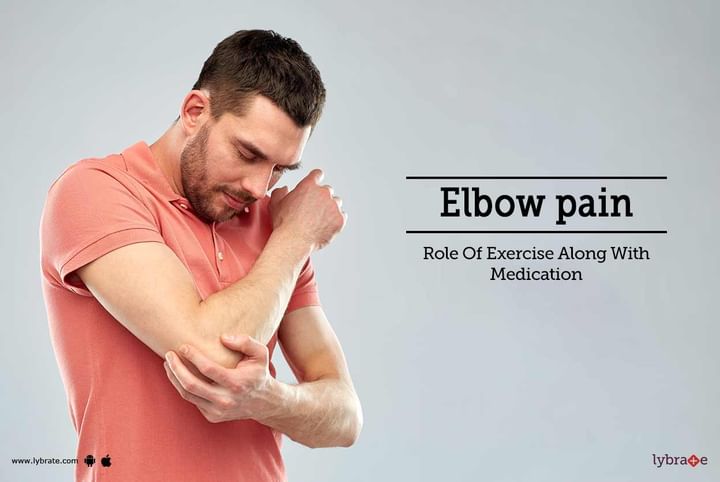Elbow pain - Role Of Exercise Along With Medication
When simple activities like opening the door or lifting a bag of groceries tend to cause pain in the elbow, it can be a cause for concern. Taken for granted, the elbows assist in various movements and when pain limits their movement, it can be very distressful. That is what happened to John who had issues picking up his laptop. Trying to tightly close the water bottle would leave his elbows hurting. When he sought medical help, the doctor helped identify the exact location and cause of pain. What followed was a multi-pronged approach with medication and exercise. In about 3 months, the pain was almost gone and then it improved to a state where there is an absolutely painless movement now.
Most people with elbow pain (or any joint pain for that matter) also experience a reduced range of motion. While as a short-term measure, exercises can definitely reduce the pain and take care of the inflammation, the long-term approach should be to work on the overall health of the joints and bones.
The elbow is hinge joint with bones in between arm and forearm that move with the help of fibrous tendons and ligaments. Elbow pain can be due to the following reasons:
- Overuse or repetitive stress injuries (RSI) causing either tennis elbow or golfer’s elbow. In either tennis or golf, the elbow joint is repeatedly subjected to a movement that causes strain on that muscle.
- An Infection: This could reach the elbow joint from the skin or develop within.
- Conditions like rheumatoid arthritis which affect the elbows and have no identified trigger.
Whatever the cause, pain medications provide immediate but temporary relief from pain and improve movement. Long-term requires exercises which will improve circulation, sensation, and restore movement to as close to normal as possible.
The following 4 steps help in managing elbow pain:
- Apply heat: A moist, warm towel or pad helps in improving circulation and helps in healing.
- Rest: While exercise is necessary for keeping the joints agile, rest after overuse is equally important. This along with heat allows the tissues to recover so they can jump back to optimal functional levels.
- Stretching: Repeat stretching for about 10 to 15 minutes 3 to 5 times per day will greatly help in restoring normal elbow movement. Of note, stretching should be done only after the initial pain is gone.
- Braces: To provide complete rest to the ligaments, a brace may be used which can also be applied for counter-traction and helps in healing.
Ignoring elbow pain in the early stages can lead to progression, so early intervention is advisable. In case you have a concern or query you can always consult an expert & get answers to your questions!



+1.svg)
